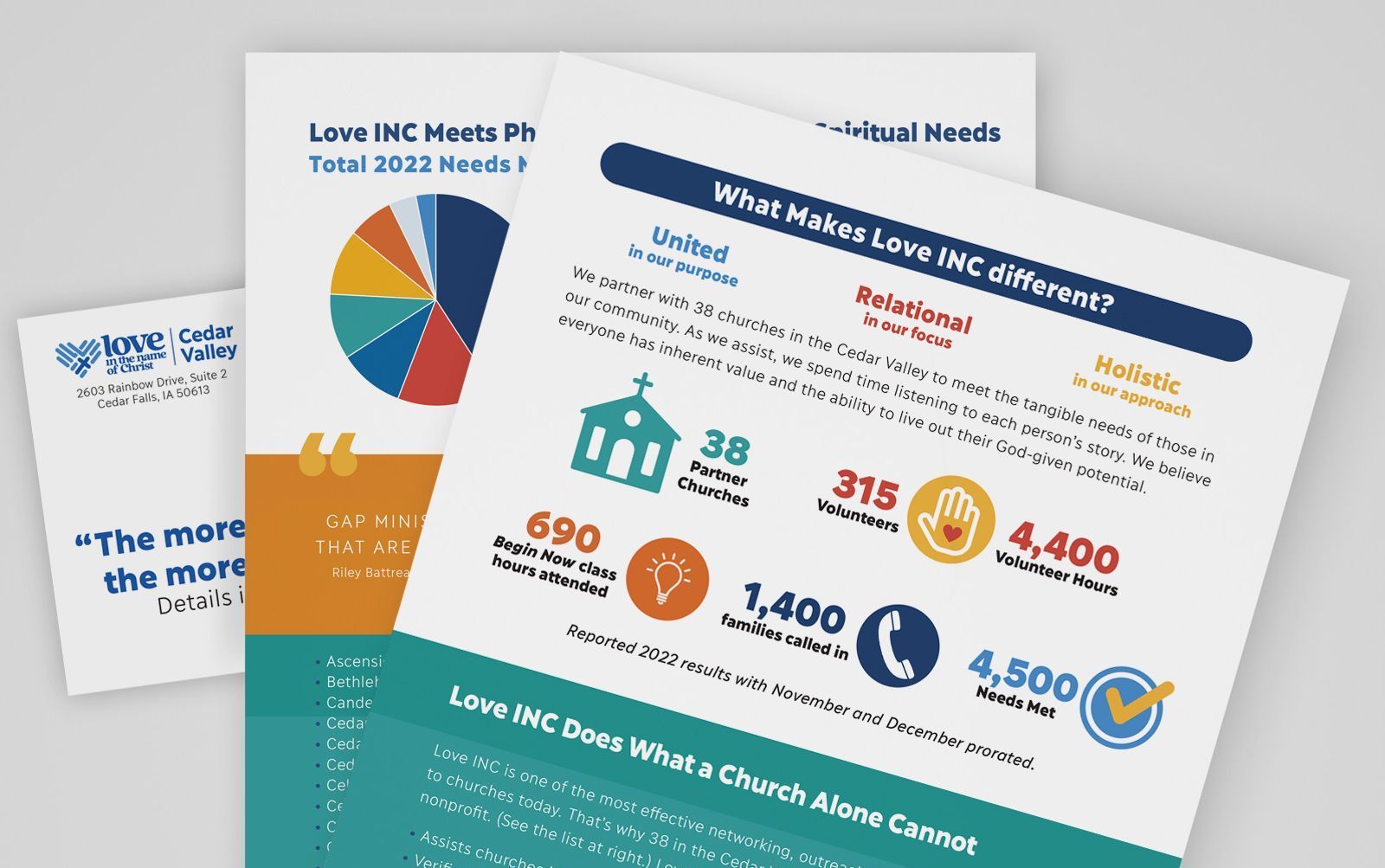What Dogs Teach Us About Marketing
I’m remembering when my wife and I had to put our dog to sleep. The cancer they found seemed too advanced for a high quality of life. The time was so difficult and emotional. Pets become a sometimes-not-so-quiet, essential part of the family, and their presence makes each day better. Did you ever think they could teach us about business? I submit to you....
Dogs Teach Us Marketing Skills, If We Are Smart Enough To Learn
Loyalty: There is a “dance with who who brought you” aspect to dogs. Most attach to one person or family, but you see dogs also adopt a cat, or a rabbit, or... just check out YouTube. Loyalty to our customers means they get the best deals (not just our prospects) and special attention when programs, prices, and policies change.
Hope: How many times did I take my plate to the sink after supper without dropping it? Every time!! Yet, there was our dog waiting for the opportunity. She never wavered that putting in the time and being in a position of readiness would one day pay off. Good marketing should have your organization prepared to capitalize when something big happens in the market, with a competitor, or in your product line.
Persistence: There is a “doggedness” innate to our fur-shedding friends. It is the absence of this trait that “dogs” most marketing efforts. Executives tire of the same ad, campaign, and logo long before customers ever do. Then, the new year/new look/new message cycle confuses more than it clarifies and compels.
Inclusion: Our dog treated every person she met with exactly the same level of interest. It didn’t matter the color of their skin, the amount of schooling they had, how large their net worth, or what God they prayed to that morning (or even if they did) – all were given the same opportunity to treat her with dignity and respect.
New is Good: No matter how much each day was like another, she loved to take a different path on her walk, sample a different food, or meet a new friend. We would do well to embrace NEW strategies, media, and methods in our communications. We would be wise to incorporate TRIAL in every campaign.




